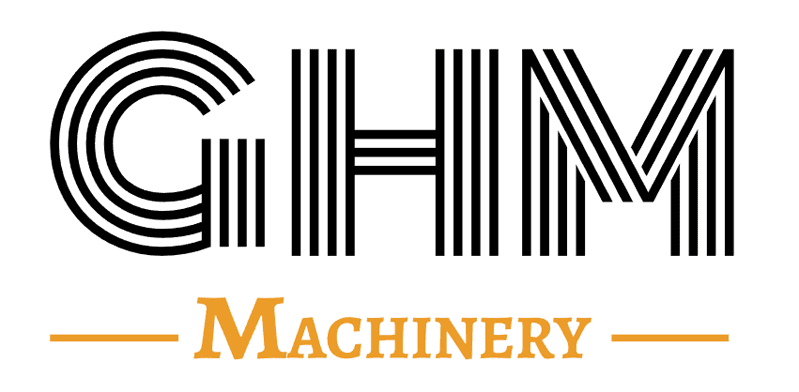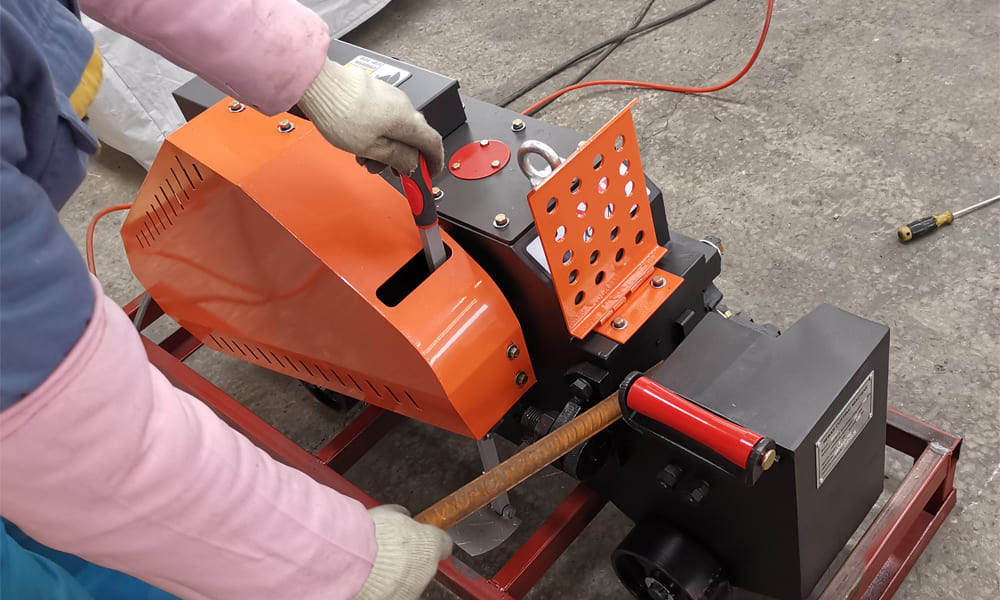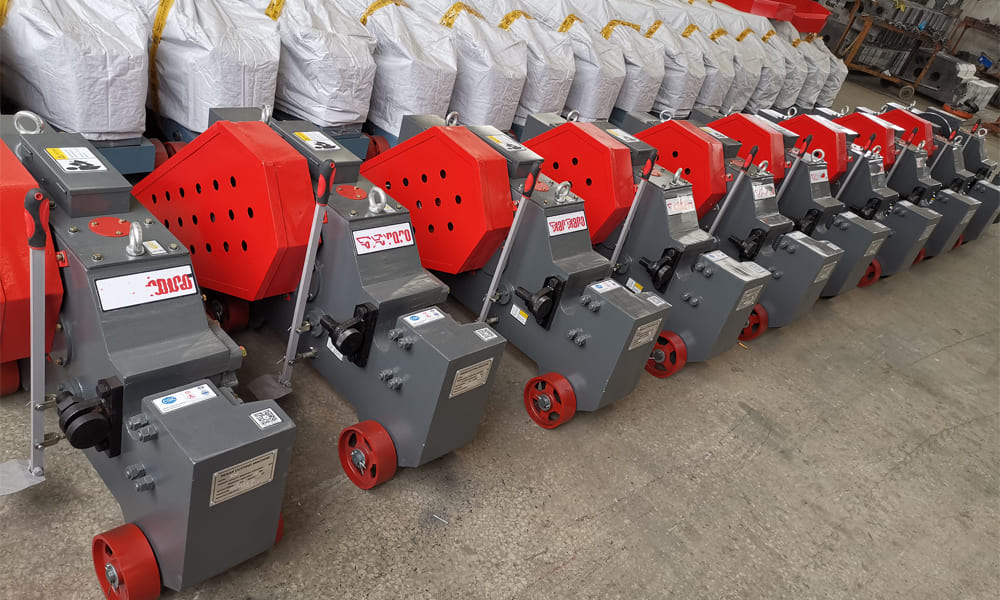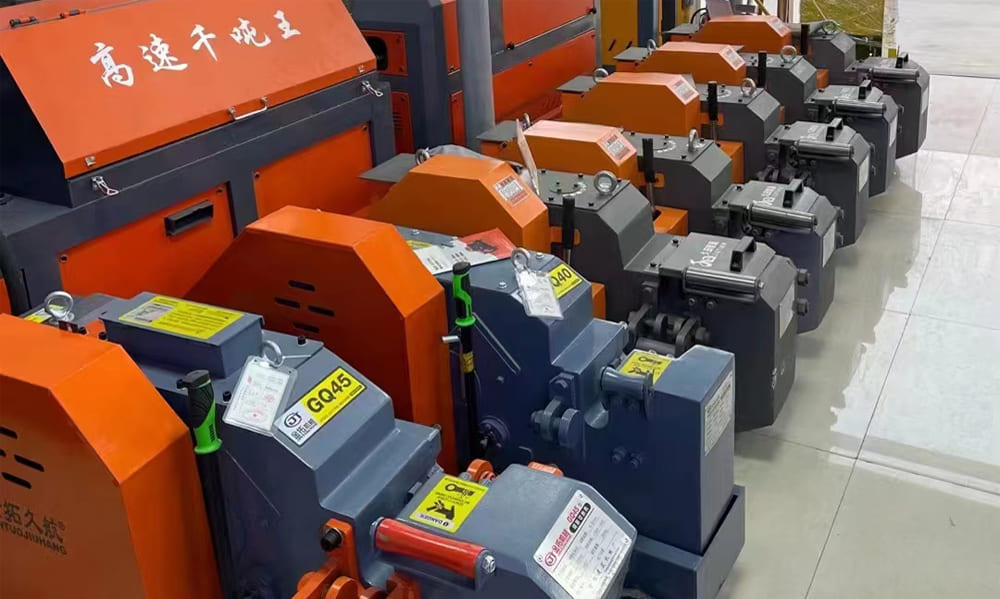1, Ensure the work table is flat and matches the Rebar Cutting Machine Operating ‘s height. Adjust the table length based on the material size.
2, Before starting, inspect the cutter for cracks, tighten knife holder bolts, and secure the protective cover. Rotate the pulley by hand to check gear alignment and adjust cutter clearance.
3, Run the machine without material first, ensuring all parts and bearings operate smoothly before starting actual operation.
4, Avoid cutting if the machine isn’t at full speed. Use the lower part of the cutter to cut, firmly grip the steel bar, align it with the cutting edge, and insert it quickly. Stand beside the fixed blade, apply pressure to prevent steel bar slippage and injury. Never hold the steel bar with both hands on either side of the blade or lean over to feed it.
5, Do not cut steel bars larger or stronger than specified on the machine’s label, or red-hot steel bars. When cutting multiple bars, ensure their total area fits the machine’s specifications.
6, Use high-hardness cutters and follow the machine’s diameter requirements for cutting low-alloy steel.
7, Keep a distance of at least 150mm between your hand and the cutter when cutting short materials. Use a sleeve or clamp if the hand grip is less than 400mm.
8, Never use your hands to remove debris near the cutter during operation. Non-operators should stay away from swinging steel bars and cutting knives.
9, Stop the machine immediately for maintenance if it operates abnormally, makes unusual noises, or if the cutter is misaligned.
10, After use, disconnect the power and clean the machine with a steel brush, ensuring it’s well-lubricated.
11, Check hydraulic oil levels and motor rotation direction before using hydraulically driven cutting machines. Release air from the hydraulic cylinder before operation.
12, Tighten the oil drain valve clockwise before using manual hydraulic cutting machines. Loosen it counterclockwise after cutting. Hold the machine firmly during operation and wear insulated gloves.



